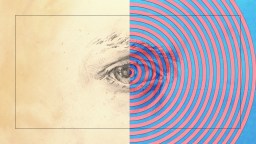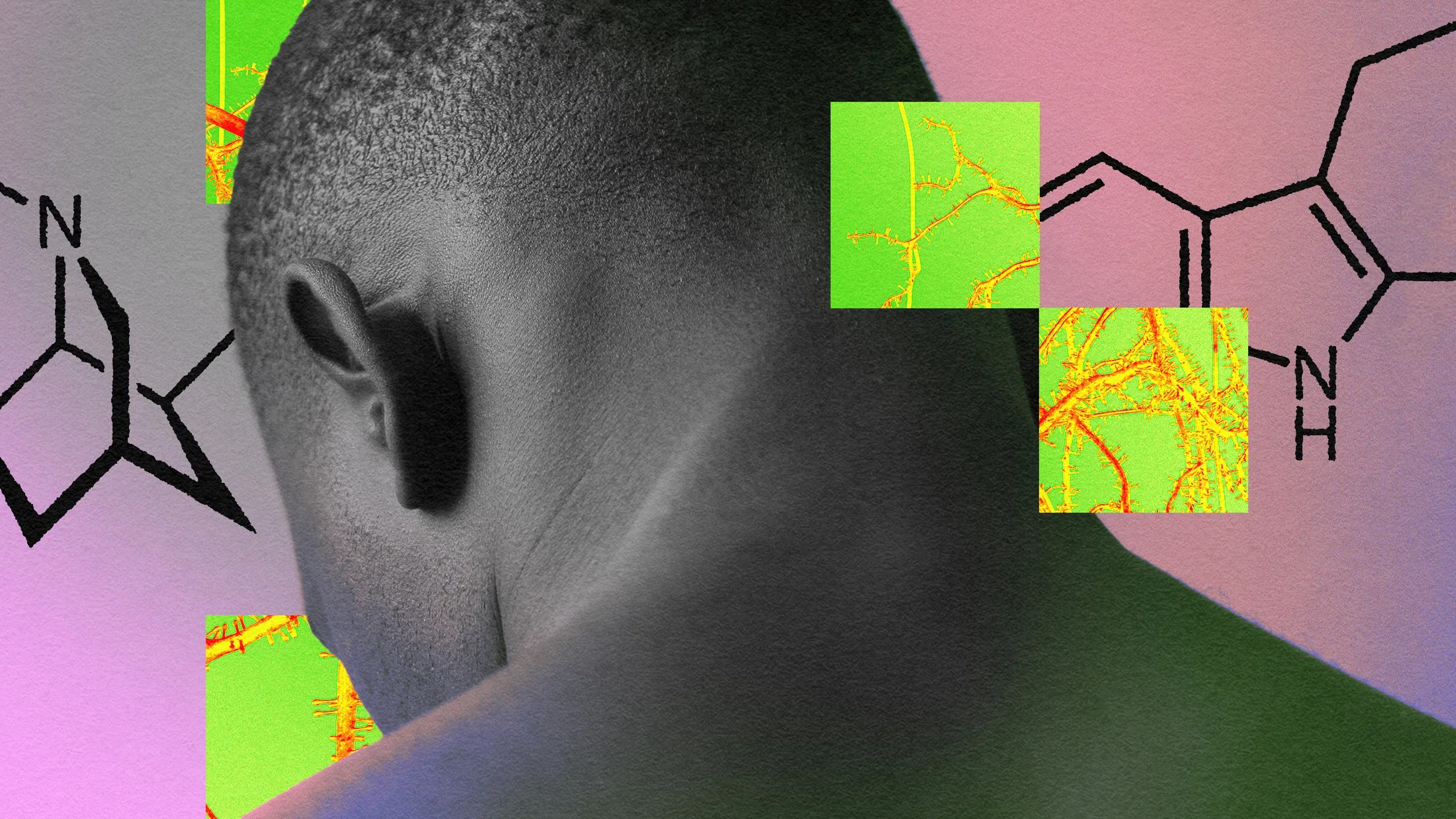There are two things we typically consider to be points against us in life: feeling out of our league, and being slow learners. Here, however, Professor Barbara Oakley turns convention on its head to show how they’re really assets to your education. If you’re about to start a new skill or job and feel the onset of imposter syndrome—are you the least qualified person in the room? Did you ‘fake’ your way into this opportunity?—embrace it; Oakley contests that seeing the world with a beginner’s mind actually opens you up to learning. Overconfidence can make us blind to our mistakes, so humility is a tool in itself. And as for being a slow learner, Oakley uses the analogy of a race car driver and a hiker to describe two distinct learning styles. Both these types reach the finish line or the mountain peak, but one takes the time to look more closely at details and learn a lesson more deeply, while all the other might see is a blur. Barbara Oakley’s most recent book is Mindshift: Break Through Obstacles to Learning and Discover Your Hidden Potential, and you can find the Mindshift course here.
Barbara Oakley: When you’re learning something new your tendency is to think, “I’m an imposter. I’m just kind of a fake. I’m not nearly as good as all these other people who are very far ahead of me in working on whatever you're trying to get started working on.”
And this is one of the best, best traits you could have. Embrace your inner imposter. Because what the imposter syndrome does, that feeling that you’re a fake and you’re not as good as everyone else is, it allows you to open your beginner’s mind, so you start looking at things with a more open and receptive way.
Because well, part of it is you’re really unsure of yourself and so you’re really paying attention and really listening. People who approach a new discipline with, you know, “I’m just really confident, I can do this” which is often the message we hear from society—“You should be confident about yourself and your skills,” and so forth.
It can close you off to sort of correcting your mistakes and being humble and approaching things almost from a lower perspective or a lower start than you might think you have to start at, just because if you start really low, really humble you really get the background that you need in order to excel and achieve at whatever you want to excel and achieve at.
When it comes to learning something it almost seems like there’s two types of learners. One of them is what I might term a race car learner. They’ve got these race car brains. They get there really fast.
And the other is more like a hiker. A hiker gets to the finish line but much, much more slowly. Think about it this way: You know it’s depressing if you’re a slow thinker to look at these fast thinkers, race car brains and realize they can get anywhere much more quickly than you.
But think about what a hiker experiences as opposed to the race car driver. The race car driver moves really fast, gets to the finish line. Everything’s a blur.
The hiker can reach out, they can touch the leaves on the trees. They can see the little rabbit trails. The can smell the air, hear the birds. Completely different experience, and in some ways far richer and deeper.
So it can help you sometimes if you’re a slow thinker and you think “Oh, there’s nothing in it for me. I’m not as fast as these other people.” You can sometimes see things that those really, really fast thinkers miss just because you’re looking more deeply.






